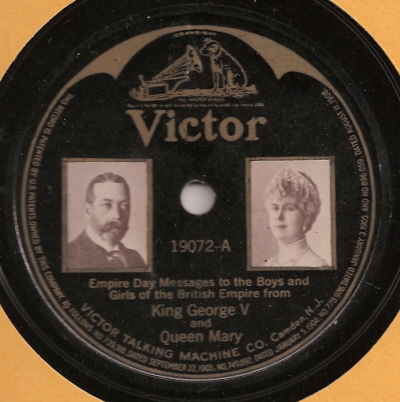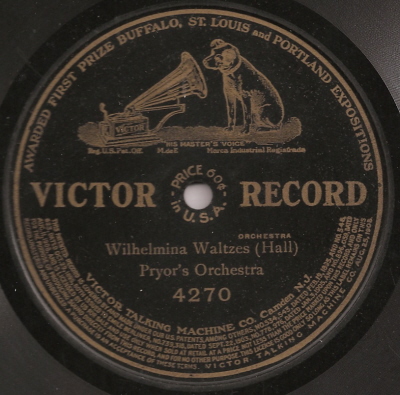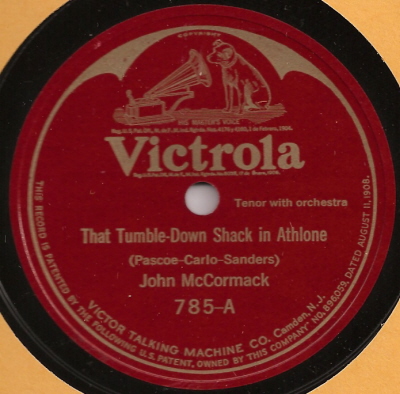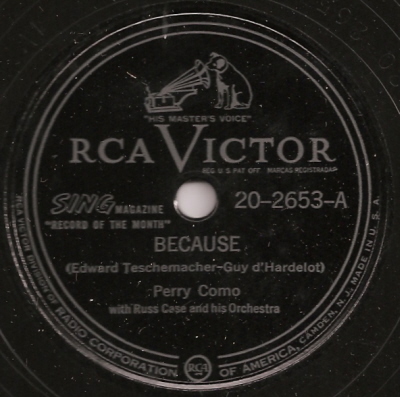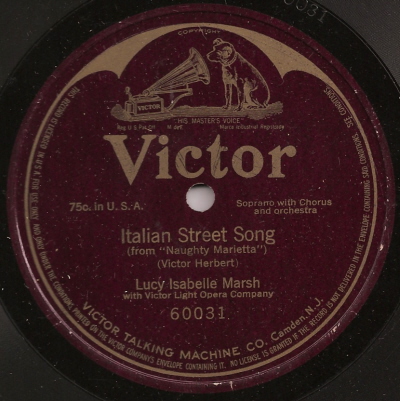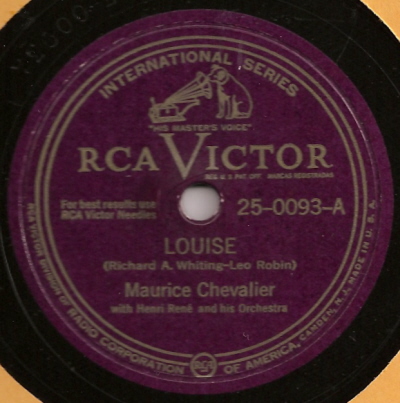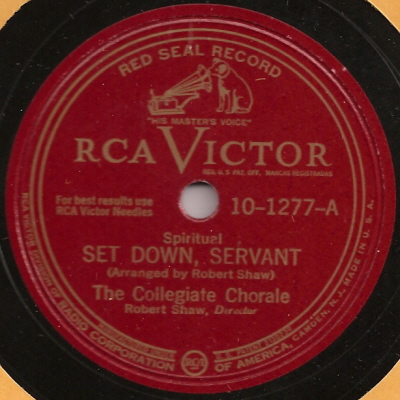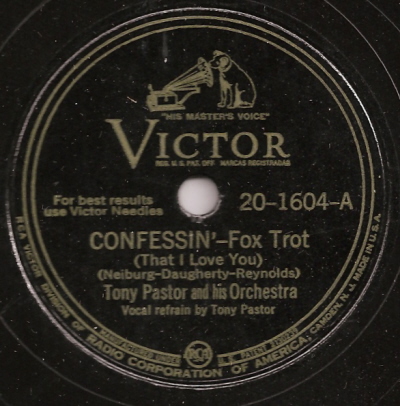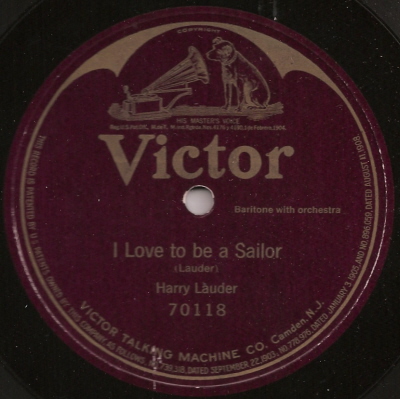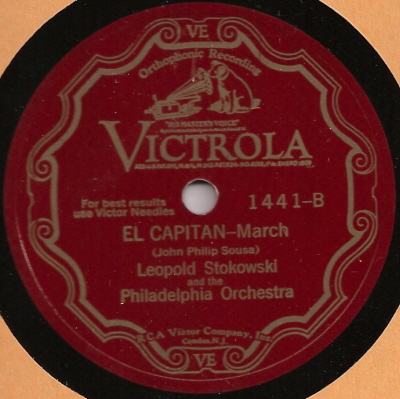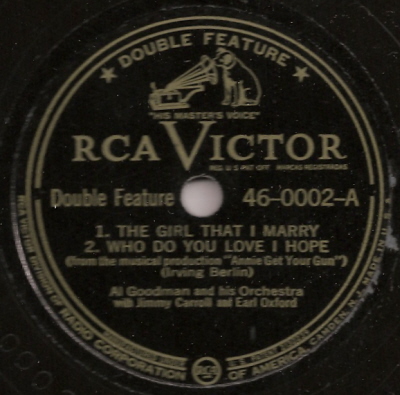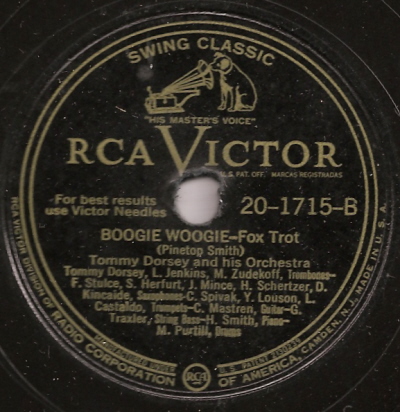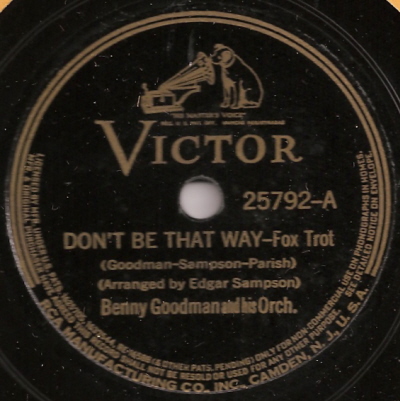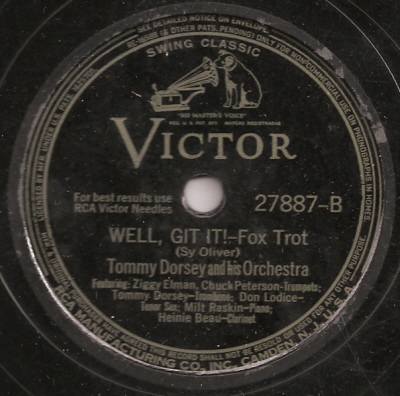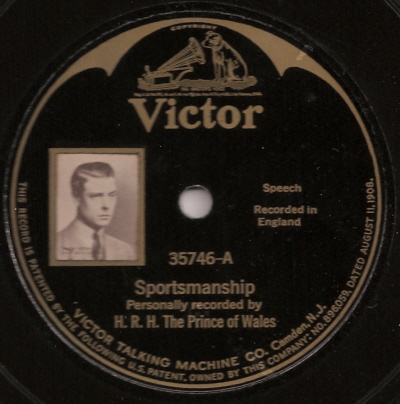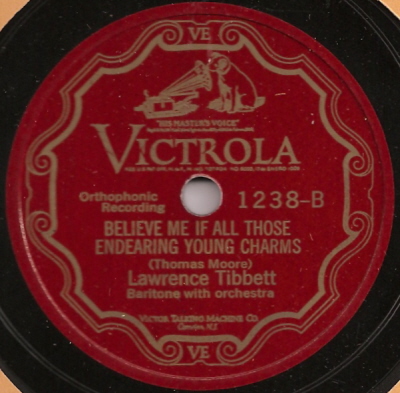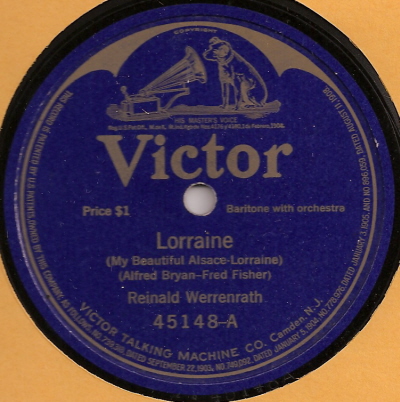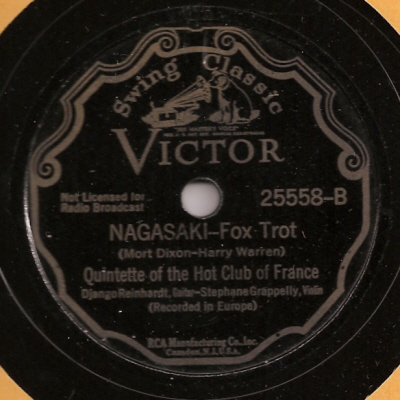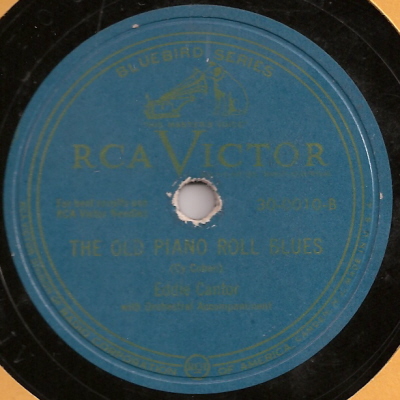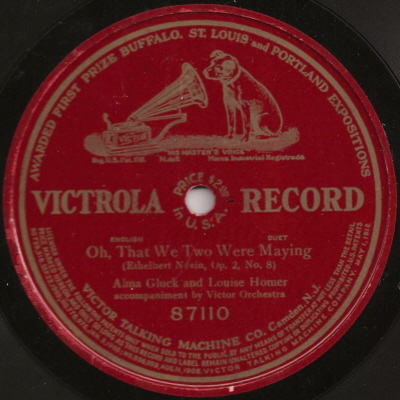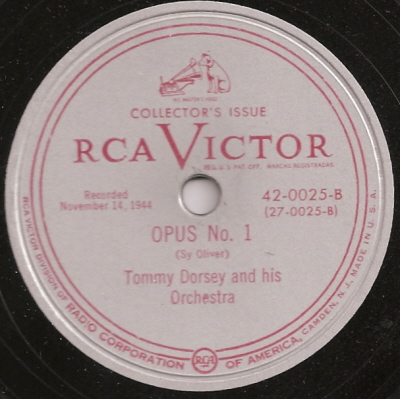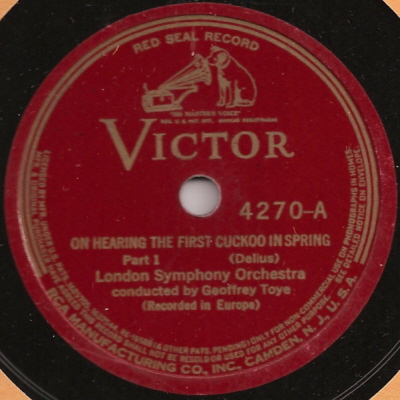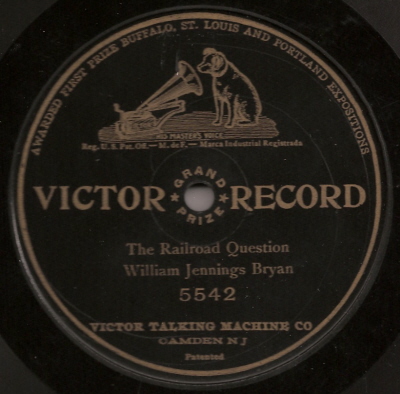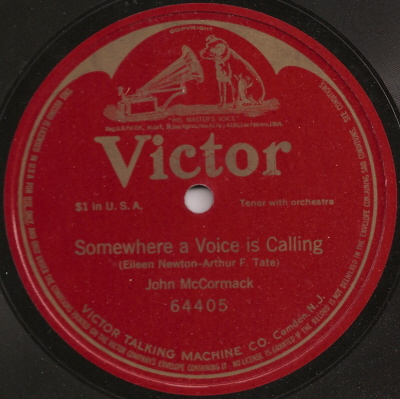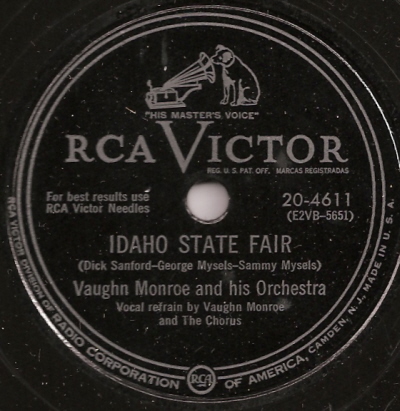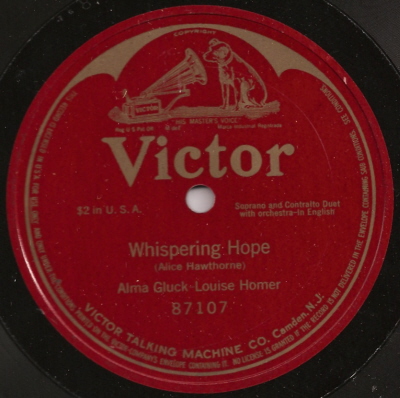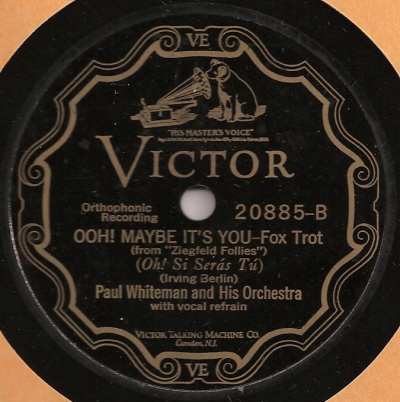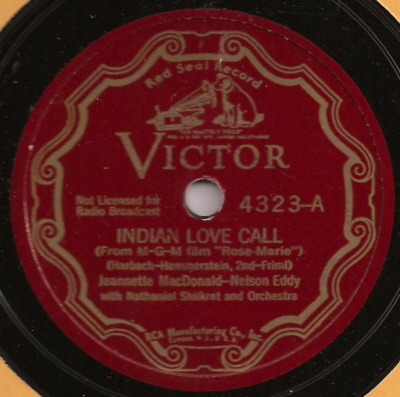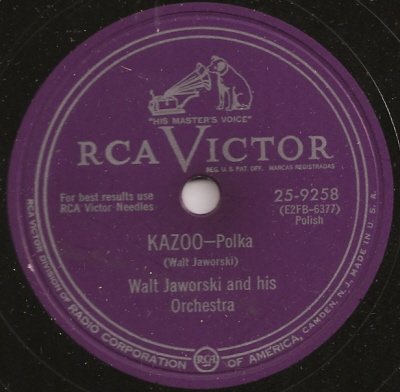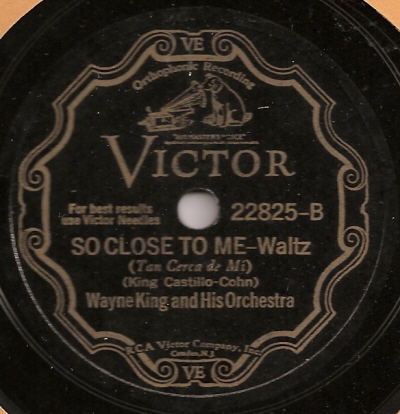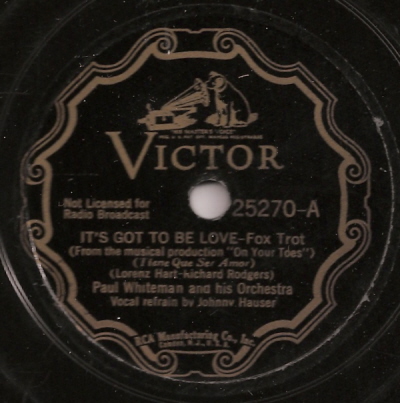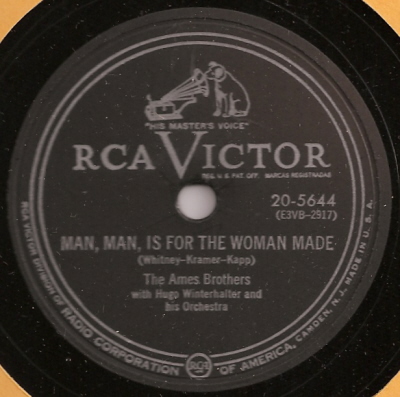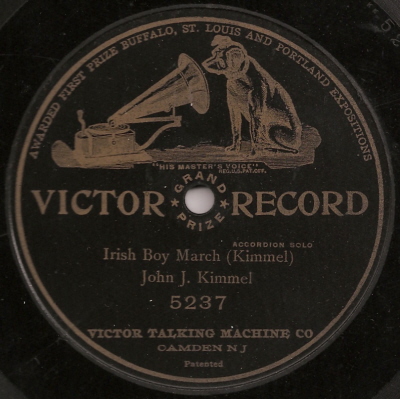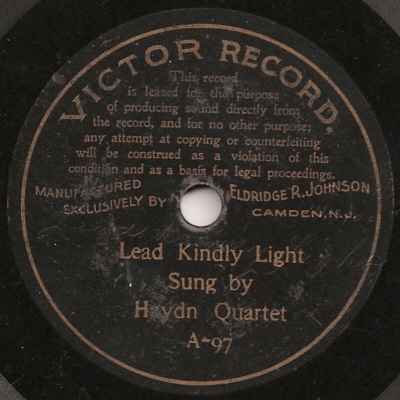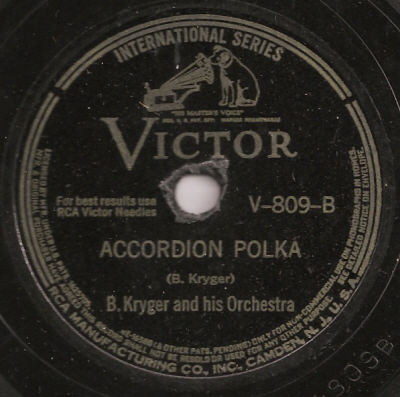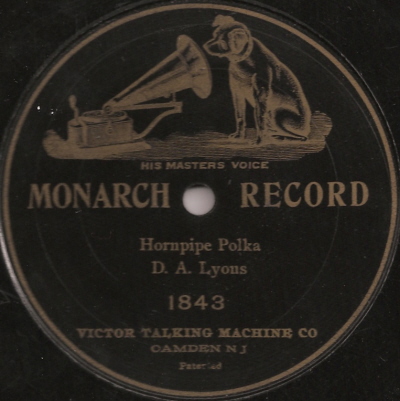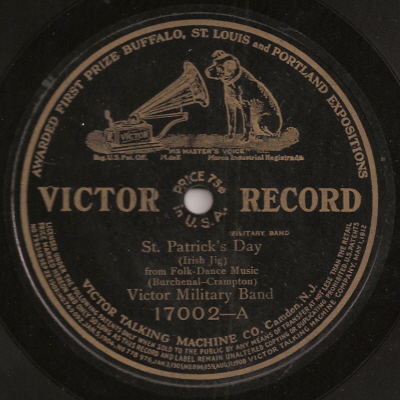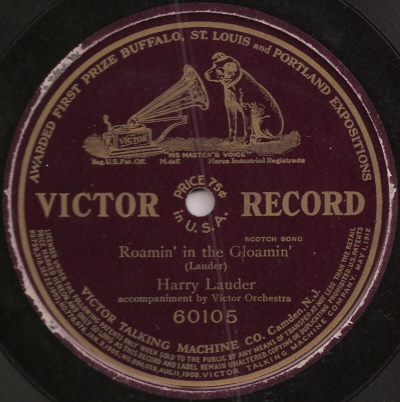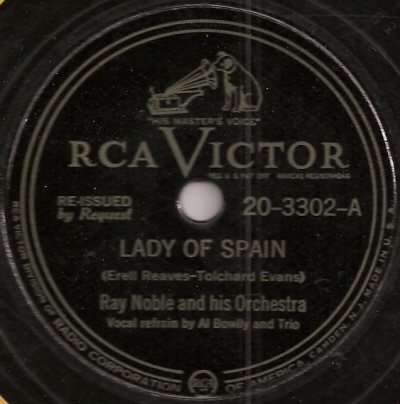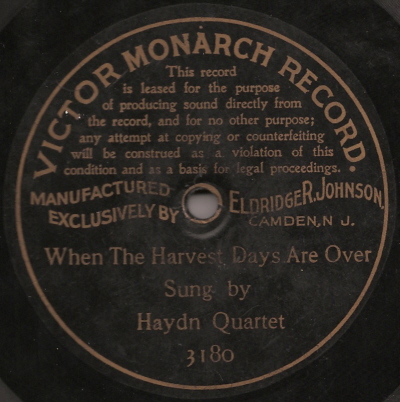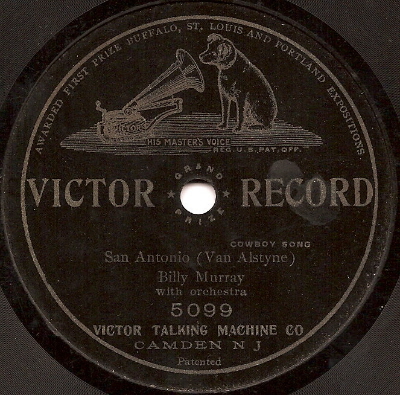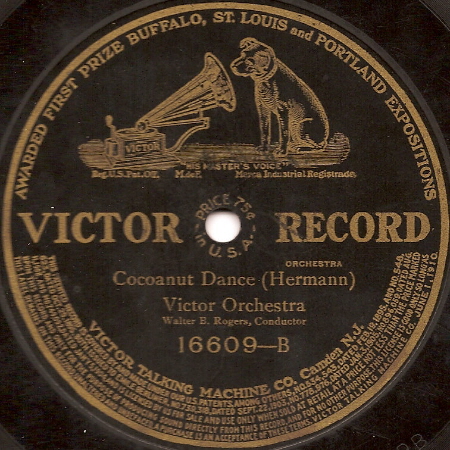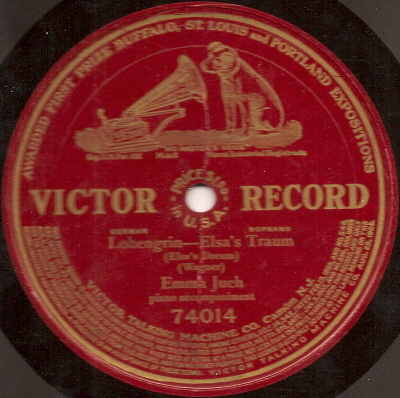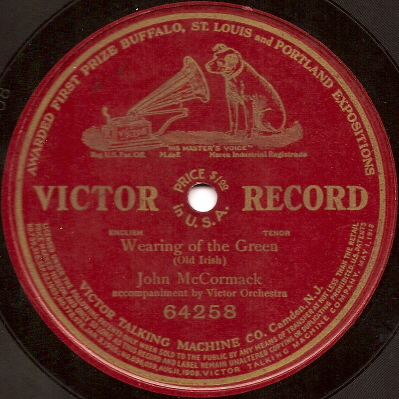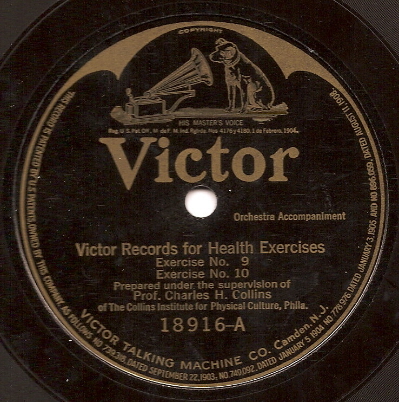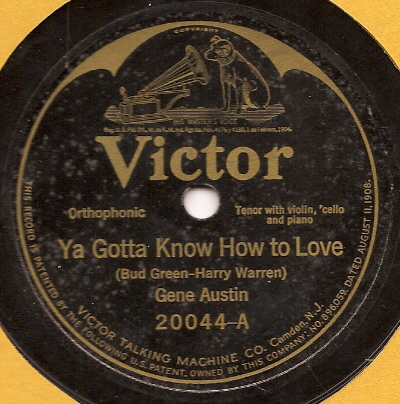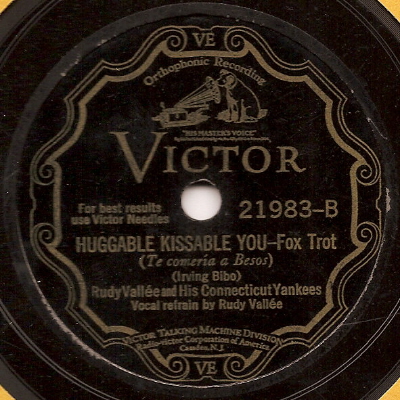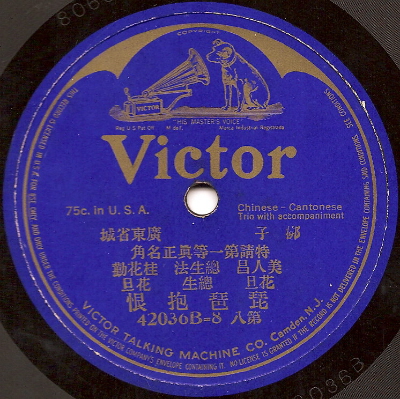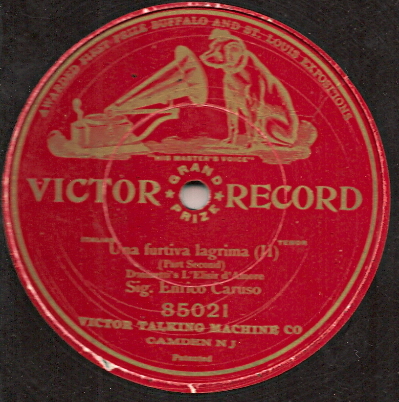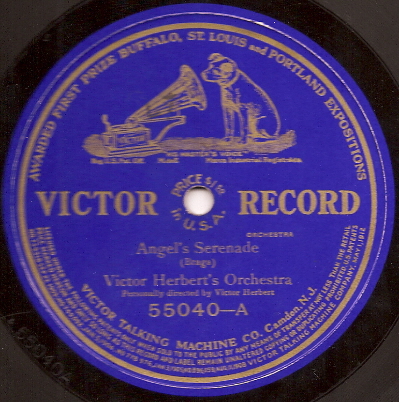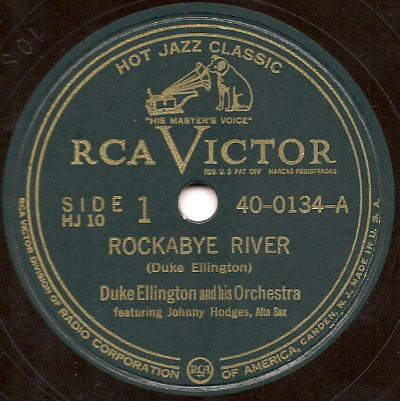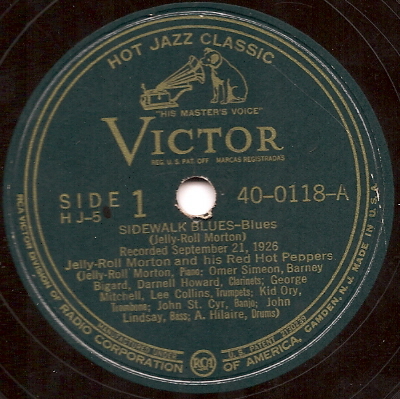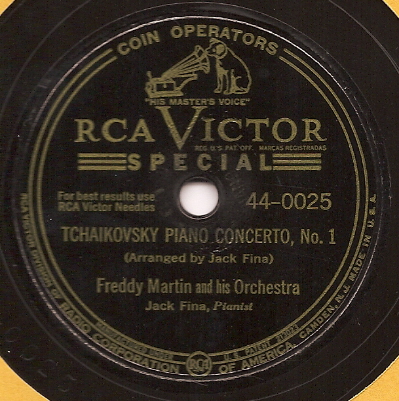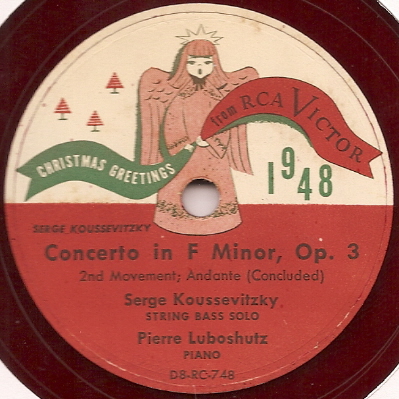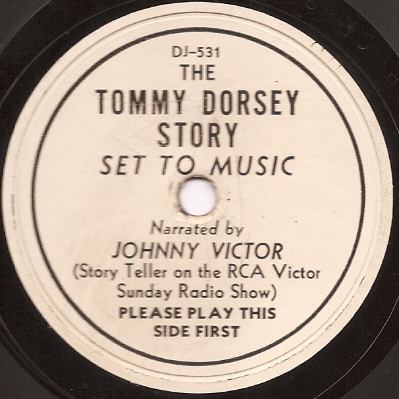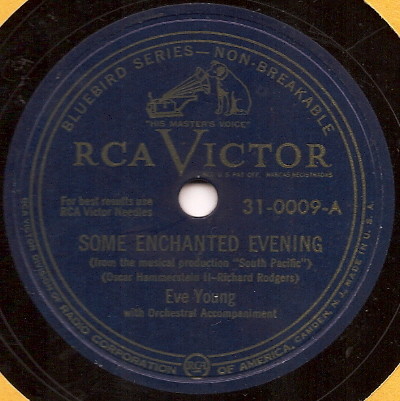78 rpm Record Labels - Victor
Victor was the dominant figure in the record and phonograph market in the early 1900s. There is much published about them so I will not attempt to tell the story here. Victor was started by Eldridge R. Johnson, a machinist from Camden, NJ. His first records came out in 1900. There were a couple types before any you see here. The first two labels are considered "Pre-Dog" labels, as they lack the famous Nipper logo yet to be used. The first example is the first type where the word Victor was used on the label and is a 7" example. The second example is a 10" record which was called the Victor Monarch Record. Note on both records the "lease agreement" on top half of the label. The manufacturer is also listed as Eldridge R. Johnson. By October 1901 Johnson incorporated as the Victor Talking Machine Company and replaced his name as the manufacturer.
Labels compiled from the collection of Glenn Longwell. Page last updated on November 16, 2010
Please email if you have questions, corrections or comments on anything you see. Thanks.
info@majesticrecord.com
Next up that I have is the "Trademark" label with two examples (left). The now famous logo appears showing a dog named Nipper looking into a phonograph and is called "His Masters Voice." The original painting was done by Francis Barraud. This type of label ran from 1902-1905. The 7" version was labeled "Victor Record" (this one from 1904) and the 10" version was labeled "Monarch Record."There is a type with the logo on it before this one that I do not have any examples of.
Next up is the "Grand Prize" label touting victory at recent Expositions. Both Columbia and Victor claimed victory so both put it on their label, confusing consumers. This type ran from 1905-1909. Here are three black examples each with a slightly different logo design and a Red Seal. The second one, a political speech by William Jennings Bryan, also adds some extra patent information under the logo. The third one is from an 8" record which were produced between 1906 and 1908.
Next in line was the "Patents" label which ran from 1908-1913. There are some slight variances in these that will help date them. The first ones started with five lines of patent information along the bottom half of the record. The first two end with an August 1908 patent date and third ends with a June 1910 patent date. Later in 1910 it would be reduced the three lines of patent information. Here are examples of black, purple, red and blue labels. The last label in the first row has a last patent date of 1908 and shows along the bottom row "Emile Berliner Victor Talking Machine Co." The last five labels have a patent date of May 1912 and just say "Victor Talking Machine Company" along the bottom.
In early 1914 Victor changed over to the "Bat Wing" label, named after the design on the top of the label. There was little change in this for the period it ran, 1914-1926. Earliest issues show "Victor" in the side of the machine, 1914-1915. Also, after 1919 the price was dropped from the left side of the label. There are also some patent information changes. The examples below demonstrate these changes through the various colors, black, red, purple and blue. Some of the last labels have the word orthophonic to the left of the spindle hole as they switched over to electric recording in 1925. The third black label example shows this. Two additional examples show speeches by British royalty with their pictures on the label.
As the electric era kicked in Victor changed the labels once again to the "Scroll" label, which ran from 1926-1937. The earliest variety has the catalog number on the bottom. It would soon move to the right of the hole and the words "Orthophonic Recording" would remain left of the hole. These words would them get moved to above the trademark (1928-29). Along the way the name of the company changed as well and would show at the bottom. It would start as Victor Talking Machine Co. In March 1929 the Radio Corporation of America purchased Victor. The third example below shows the name to be "Victor Talking Machine Division Radio-Victor Corporation of America." Next example is from the following year showing "RCA Victor Company, Inc. after a restructuring. Lastly, another change in the company ownership brought about the name "RCA Manufacturing Co,, Inc." Note that the VE at the top of the label is now gone. The last black labeled example is a late issue scroll with a "Swing Classic" designation. To round out the scroll examples are three different Red Seals.
The next series is the Circular label which ran from 1937 to 1953 with a change from Victor to RCA Victor in 1946. There are numerous minor modifications to the label which I don't account for with these. There's gold writing and silver writing amongst the variations which I don't both with although there are examples of both. The first two examples show one of the bigger changes around the outside of the label to the company name that took place mid 1943. Other examples are the Swing Classic, International Series, Red Seal and Hot Jazz Classics records.
Below are example from when the RCA Victor name kicked in during 1946. Included are examples of Re-Issued by Request, Swing Classic, Sing Magazine Song of the Month, Double Feature, Coin Operators (Jukebox record), International Series, two Bluebird Series, a couple Red Seals, Collector's Issue, Hot Jazz Classic, a special Tommy Dorsey record which I believe is from 1947 and a 1948 Christmas Greetings record.
